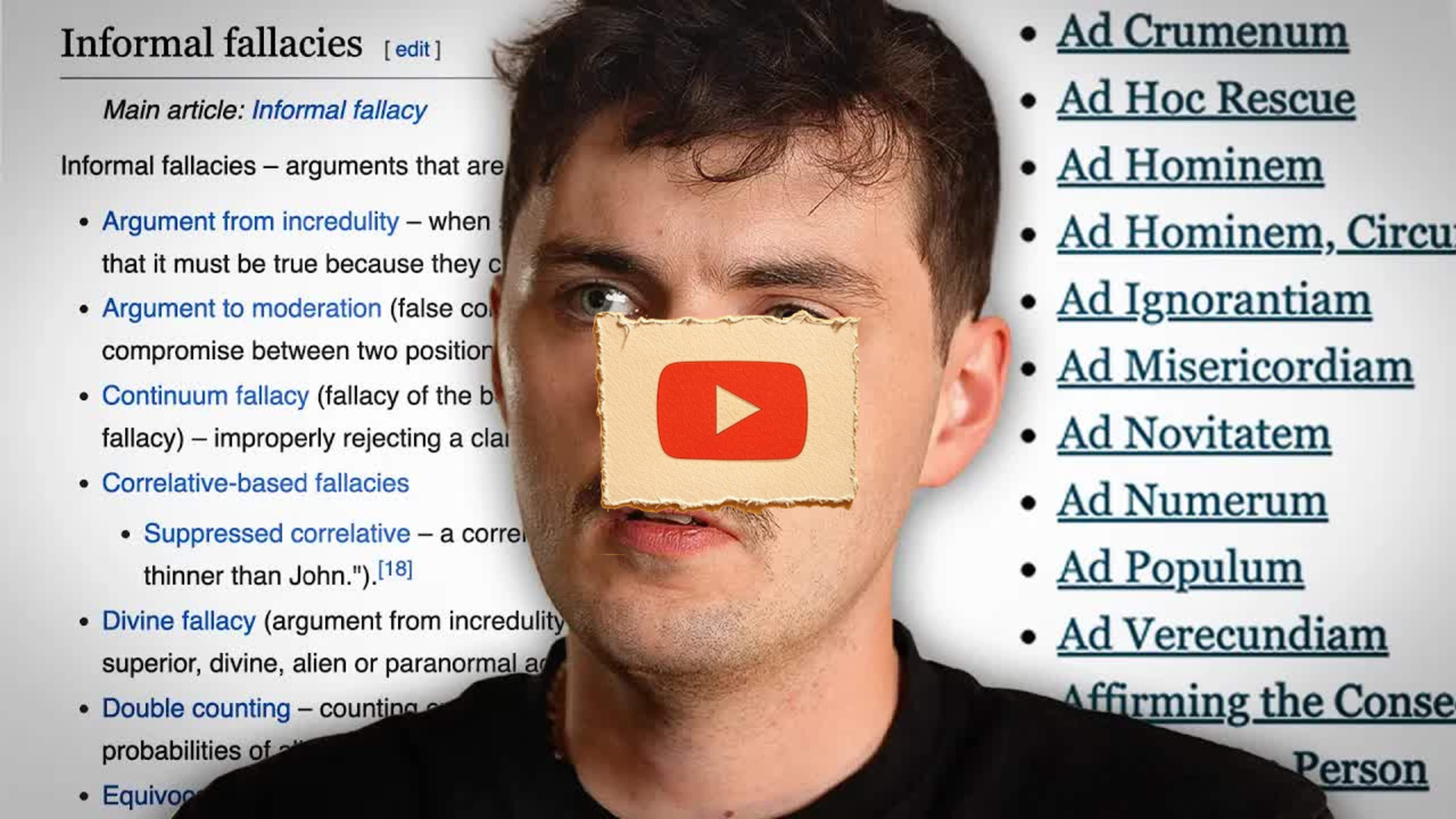Key Points
- The debate centers on whether hot dogs qualify as sandwiches according to dictionary definitions
- Merriam-Webster defines a sandwich as "two or more slices of bread or a split roll having a filling in between"
- Cultural treatment and historical context influence food categorization beyond strict definitions
- Language and definitions evolve with cultural usage over time
- Categories can have flexibility and room for debate without losing validity
- Hot dogs may constitute their own unique food category rather than fitting into existing ones
- Popularity or trends don't automatically determine correct categorization
- Store placement of items doesn't definitively establish their category
- The "affirming the consequent" logical fallacy occurs when assuming causation from correlation
- The "undistributed middle" fallacy happens when drawing conclusions from shared characteristics
- Having similar ingredients doesn't automatically make foods the same category
- The genetic fallacy involves dismissing arguments based on their origin rather than content
- Dictionaries describe general language usage but aren't final arbiters of all nuances
- Shared consumer bases don't necessarily indicate identical food categories
- Different foods can maintain distinct identities despite surface similarities
- AI reasoning capabilities have limitations but can still contribute valid arguments
- Ground News was promoted as a tool to identify media bias and different perspectives
- The debate demonstrates how philosophical arguments can apply to everyday categorization questions
Full Transcript
 Great Pods
Great Pods
 Great Pods
Great Pods